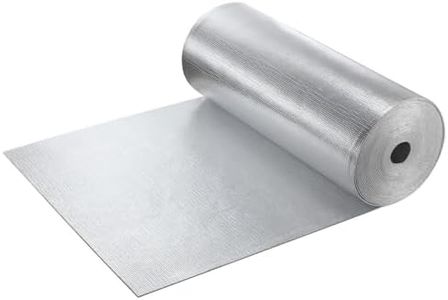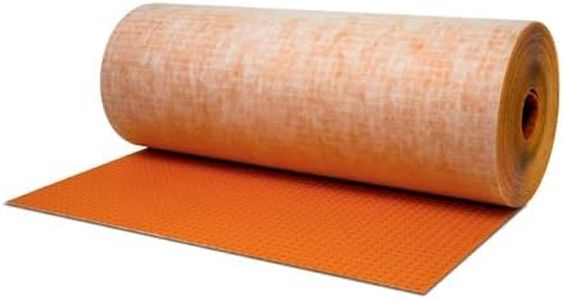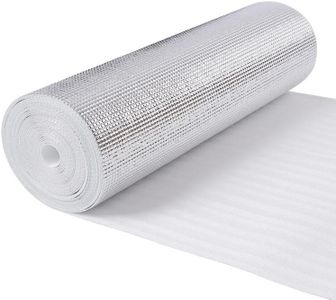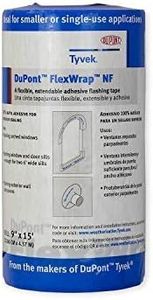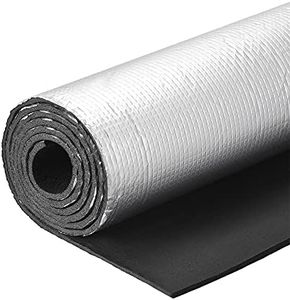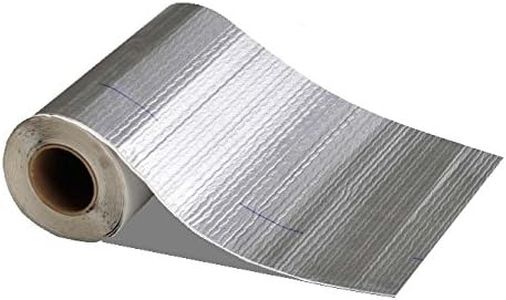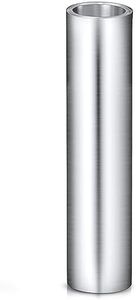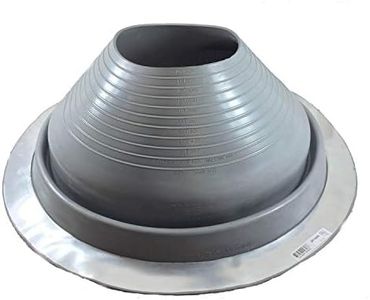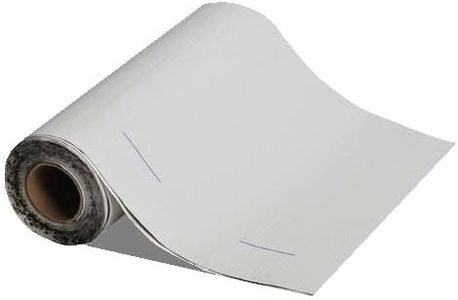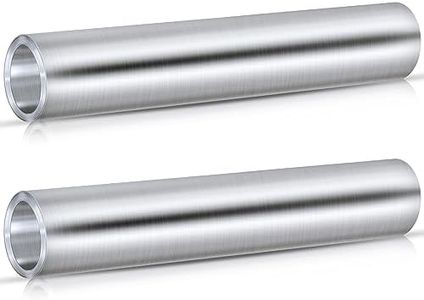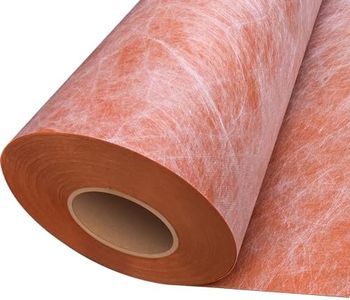We Use CookiesWe use cookies to enhance the security, performance,
functionality and for analytical and promotional activities. By continuing to browse this site you
are agreeing to our privacy policy
10 Best Roofing Underlayment Materials
From leading brands and best sellers available on the web.Buying Guide for the Best Roofing Underlayment Materials
Choosing the right roofing underlayment is an important part of ensuring your roof performs well and lasts for many years. Underlayment acts as a secondary barrier against water, wind, and other elements, sitting between your roof deck and the final roofing material. You’ll need to consider your local climate, roof design, and the type of roofing material you’re planning to use. Understanding the different types and features of underlayment will help you make a decision that aligns with your needs, keeping your home safe and your roof in great shape.Material TypeThe main types of roofing underlayment are felt (also known as tar paper), synthetic, and rubberized asphalt. Felt is a traditional and widely used option, generally available in 15-pound or 30-pound versions, with the heavier variety offering more durability. Synthetic underlayment is lightweight, durable, and more resistant to tears and UV exposure than felt, making it a popular modern choice. Rubberized asphalt underlayment is highly waterproof and self-sealing around nails, making it ideal for areas prone to severe weather but is usually more expensive. The right type for you depends on your weather conditions, the roofing material above, and how much protection you want for your home.
Water ResistanceWater resistance indicates how well the underlayment blocks moisture from reaching the roof deck. Regular felt provides basic protection but can absorb some moisture if exposed for long periods. Synthetic underlayment typically offers better water repellency and dries out faster. Rubberized asphalt, being waterproof and self-adhering, provides the highest level of protection, especially in valleys or low-slope roof segments. Choose higher water resistance if you live in a wet climate, have a low-slope roof, or just want extra peace of mind.
WalkabilityWalkability refers to how easy and safe it is for workers to move around on the underlayment during roof installation. Felt can become slippery when wet, while many synthetics are designed with textured surfaces to improve grip. Good walkability ensures safer and faster installation, which can minimize the risk of accidental damage during construction. If your roof has a steep pitch or unpredictable weather during installation, you might prioritize an underlayment that’s known for superior walkability.
UV ResistanceUV resistance is about how well the underlayment stands up to sunlight exposure before the final roof material is installed. Felt usually breaks down faster under the sun, while synthetics and rubberized asphalt can often withstand longer exposure without degrading. If there’s a chance the underlayment will be exposed for an extended period due to construction delays or scheduling, look for products rated for higher UV resistance to prevent damage before the main roofing goes on.
Weight and ThicknessUnderlayment comes in various thicknesses and weights, which impact how easy it is to handle and how protective it is. Heavier, thicker underlayment provides enhanced durability and protection but can be harder to install, especially if working alone or on larger roofs. Lightweight synthetic options are easier to transport and install, while still offering ample strength. Consider the size and complexity of your roof, as well as the skill level of your installer, when deciding on how heavy or thick you want your underlayment.
